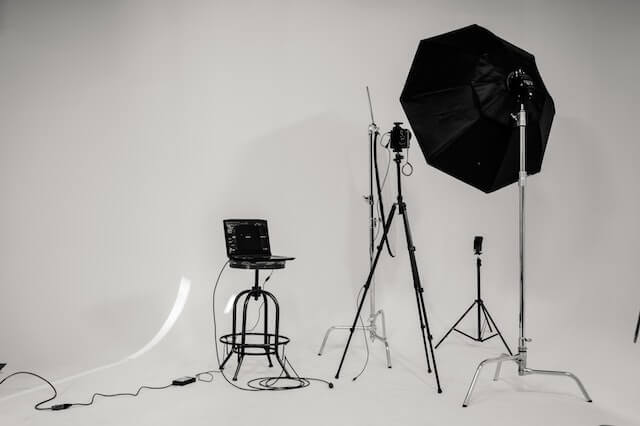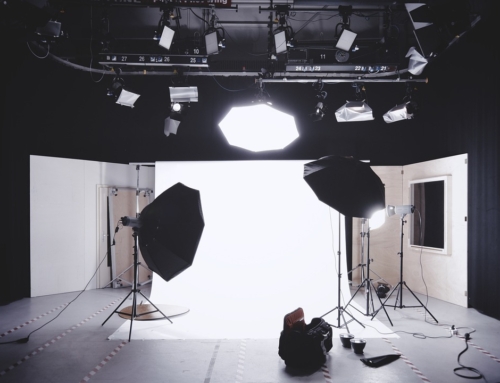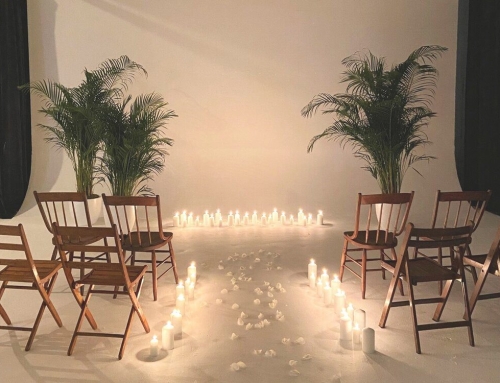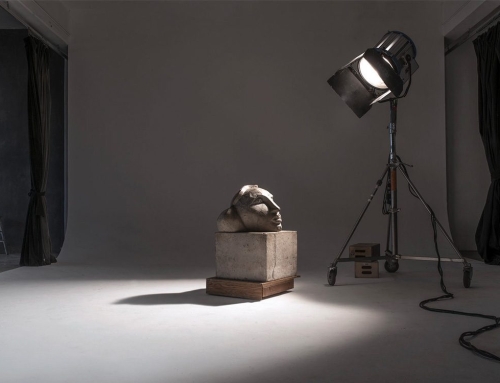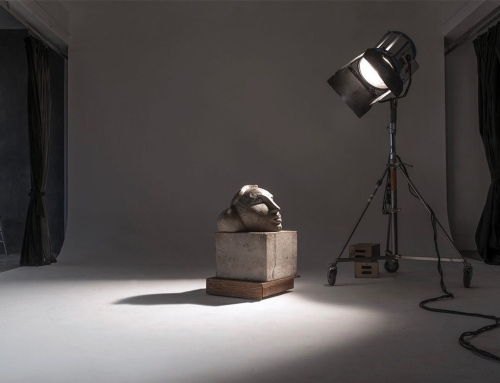Apart from fulfilling the obligations of your photography career, what else draws you to a particular subject or area of focus when on the job? Do you believe that the camera is a window into your subject’s soul? Whether you do it for business or pleasure, there are many psychological principles that influence how we shoot. The more you understand this, the more proficient you will be with psychology principles in photography.

How Psychology Principles can Enhance your Photography Sessions
You don’t need to have a deep background understanding of psychology principles in photography to convey creative ideas in a creative and purposeful manner. But it can help to have a basic understanding of Gestalt’s design principles, so that you can better connect with your audience.
1- Closure
Closure in this context refers to the brain’s ability to fill in the gaps of an image, based on the present features. The principle of closure can make your audience deduce the presence of something in a photo, even if it isn’t pictured.
2- Figure and Ground
Many photographers are creatures of habit. Gestalt’s principle of figure and ground highlights the photographer’s acute attention to detail. The figure describes the desired focal point whereas the ground is the rest of the image. Take for instance, a person standing in front of a herd of cows, either the cows or person could represent the “figure”. When you have decided what the viewer’s eyes should be focusing on, it makes it that much easier to make decisions related to photo editing and framing. Bringing attention to the focal point can be done by including high-contrast colors, blurring the background, or adhering to the rule of thirds for your shot.
3- Continuity
Continuity refers to the human mind’s inclination to see similar sequential elements as continuous and smooth, as opposed to disjointed. Photographers can use this principle to develop cohesion in their photos by using similar elements. It’s a useful principle if you are trying to guide your audience in a certain direction. Since they are going to follow the simplest path, make sure they are seeing the most vital components in this path.
4- Law of Common Fate
The law of common fate is a grouping law which states that all elements that are moving together can be perceived as a unified group. Think of a group of ducks flying low over an open pond. They are all flying in the same direction at about the same speed. In your photography, this can be used to imply a shared goal of your subjects.
5- Proximity
When we perceive projects that are near each other as part of our group, this is known as proximity. Groups of objects can be used to draw eyes from your viewers, as a means of conveying unity. Alternatively, in the case of opposing groups of objects, this principle can also be used to create a sense of conflict. A photo of two groupings of trees could be used to depict opposing forces or tension.
6- Similarity
If you couldn’t already tell from the previously-mentioned, it’s human nature to group things together. Gestalt’s principles similarly group elements together, regardless of their proximity. Similarity can be used to tie together elements that might not be next to each other in a design or portrait. An image with natural elements next to man-made elements offers a nice contrast in visual features.
Psychology Principles in Photography: Enhancing Your Art
A picture can speak a thousand words. Photographers may not want to trigger specific emotions with their art, they just simply want us to see what they saw at that moment. When booking a session with us at Ten Ton Studio, expect your creative process to flourish in our state-of-the-art photography studio in Brooklyn NY. To book session time with us, contact us today!

